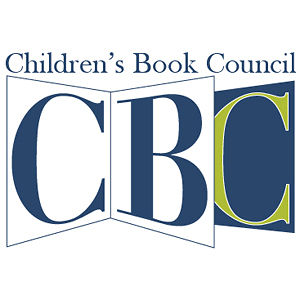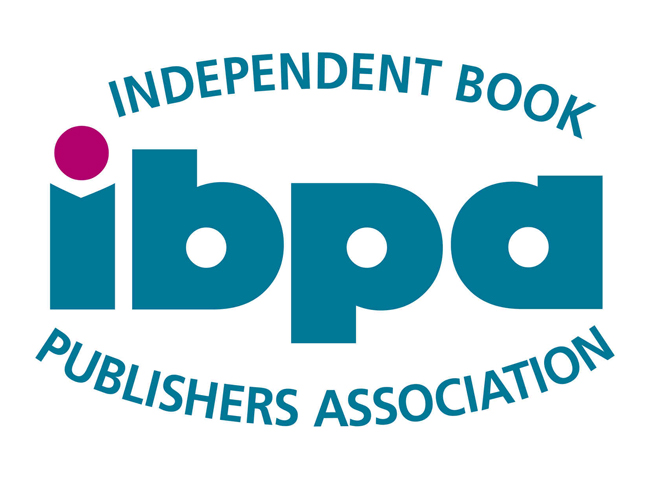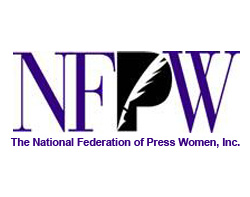Amsterdam Publishers is proud to announce the release of Hiding in Holland: A Resistance Memoir, a compelling Holocaust account by survivor, Max Rothschild, and his daughter, Shulamit Reinharz. This unique, thought-provoking work offers a dual perspective that seamlessly weaves Max’s extraordinary personal experiences in 1940-1945 Holland with Shulamit’s contextual interpretation. By way of this approach, Reinharz concludes that widely held beliefs about Holland's support of Jews during the Holocaust need updating.
A generously documented, beautifully written book, Hiding in Holland captures Max Rothschild’s harrowing journey as a German Jewish onderduiker (hidden person). Hiding first in a haystack, then in a brothel with individuals he didn’t know, then for 2 years living with someone he didn’t like, next for a year with a couple he adored and finally alone with his girlfriend, Max recounts his roller-coaster ride as a hunted Jew in his early 20s. Gradually he understands that he must not only hide, but must also resist. From these experiences and his diary writing he makes the case for unarmed resistance. Max also reveals surprising adventures, such as his deep friendship with a German army deserter and his decision to compose an underground newspaper that his courier girlfriend would distribute.
Max’s daughter, Shulamit Reinharz, an acclaimed scholar and winner of the 2024 Leo Baeck Medal for the study of German Jewry, provides background information for Max’s account. She challenges the widely held stereotype of the “valorous” Dutch people, referring to the Netherlands’ record as the Western European country with the highest percentage of Jewish annihilation during the Holocaust. It took until 2020 for the Dutch government and organizational leaders to acknowledge these truths.
A New Lens on Holocaust Narratives
For decades, the world viewed the genocide of Jews in Holland largely in terms of Anne Frank’s iconic diary, The Diary of A Young Girl. In its pages, she records the intimate thoughts of a precocious female teenager in the framework of her adolescent development in hiding. Sadly, Anne’s case is typical. Like most Jews who hid, she was betrayed, transported, and then died by disease in a concentration camp. The fact that she and the people who hid with her were hunted and murdered is downplayed when thinking of Anne. Instead, readers cling to her saccharine belief that there is some good in everyone.
Hiding in Holland also deals with love in its story of a young male onderduiker who risked his life to bring his girlfriend, Ilse, into his hiding place. Although Max and Ilse witnessed the possibility of human goodness and generosity in the behavior of the various Righteous Gentiles who helped them, they knew that these people were exceptional, and that Jews must be ready to resist to save themselves.
Offering an alternative understanding of Dutch complicity with Germans during World War II, Hiding in Holland honors the courage of those who risked everything to save Jewish lives. The whole story presented in Hiding in Holland was made possible by Reinharz’s discovery of dozens of cartons filled with Max’s writing forgotten in the basement of his house in the U.S. Using Max Rothschild’s material, various interviews, and current research, Shulamit Reinharz presents an integrated portrayal of resistance and survival grounded in vivid personal experience and stark historical reality. In this way Hiding in Holland makes a singular contribution to Dutch history.
VIDEOS
Righteous
Survive
Triangle Of Hiding
Challenge Yourself: Take the Quiz!
Before diving into Hiding in Holland, we challenge readers to take a brief quiz to assess their understanding of the Holocaust in the Netherlands.
Sample Quiz Questions (Pre-Reading):
1. What does the term “onderduiker” mean? And why is it important?
2. What percentage of the Jewish population in the Netherlands perished during the Holocaust? Is that percentage high, medium, or low in comparison to other countries nearby?
3. How has Anne Frank’s The Diary of a Young Girl influenced global perceptions of Dutch society during WWII?
4. What role did Dutch Righteous Gentiles play in saving Jewish lives? And what does the term Dutch Righteous Gentiles refer to?
5. In what kinds of places did Jews hide in the Netherlands?
After reading the book, readers will want to revisit these questions. Have your answers changed? What else would you like to know?
Praise for Hiding in Holland
“A wonderful book; a remarkable achievement. I read it in one sitting.”
—Zoe Waxman, Professor of Holocaust History, University of Oxford
“A deeply human, instructive, and stirring book. Highly recommended.”
—Thomas Medicus, Historian and Author, Berlin
This is historical testimony of the highest order.
—Professor Bernard Wasserstein, Chicago and Amsterdam
Brandeis Professor Emerita clarifies misconceptions about Jewish resistance providing new revelations about both the Nazi occupation and the Dutch responses in Holland. Essential and engrossing reading for the general public as well as Holocaust scholars today.
—Dr. Jud Newborn, New York
Many books have been written about or by survivors of the Holocaust. What makes this book unusual is that, miraculously, the author's father managed to save diaries, letters, documents, certificates, and more during the whole ordeal. The result is a beautiful collaboration between Shulamit Reinharz and her father, Max Rothschild, that reveals the travails of a young German Jewish man struggling to survive. The book is a great read and a testament to psychological resistance in Nazi-occupied Holland.
—Dr. Abraham Foxman, ADL (Anti-Discrimination League National Director Emeritus)
What Readers Will Learn
The link between Jewish resistance and Jewish survival, and how understanding this link defies the accusation that Jews went like sheep to the slaughter.
The complexities of life as an onderduiker, including the psychological toll of constantly hiding and the challenges of relying on strangers.
A critical re-examination of Dutch societal behavior during the Holocaust, dismantling exaggerated narratives of support and heroism.
The role of Dutch Righteous Gentiles who risked everything to save Jewish lives, contrasted with the larger societal complicity in the genocide.
About the Authors
Max Rothschild, Ph.D., a German-Dutch Jewish Holocaust survivor, who recorded his experiences of evading capture and surviving in hiding for three years during the five-year Nazi occupation of the Netherlands that annihilated the centuries old Dutch Jewish community.
Shulamit Reinharz, Ph.D., a distinguished teacher and scholar, is Jacob Potofsky Professor of Sociology, Emerita, at Brandeis University, where she founded and directed the Women’s Studies Research Center and the Hadassah-Brandeis Institute. Author of 17 books and dozens of articles on gender, research methods, Jewish history, and the Holocaust, her latest work, Hiding in Holland: A Resistance Memoir, co-authored with her father, Max Rothschild, offers an integrated two-person, inter-generational study of suffering, resisting and surviving during the Holocaust.
RECOGNITION
PURCHASE
Hiding in Holland: A Resistance Memoir is available for purchase in hard-cover, paperback, and e-version through Amazon and select independent bookstores.












